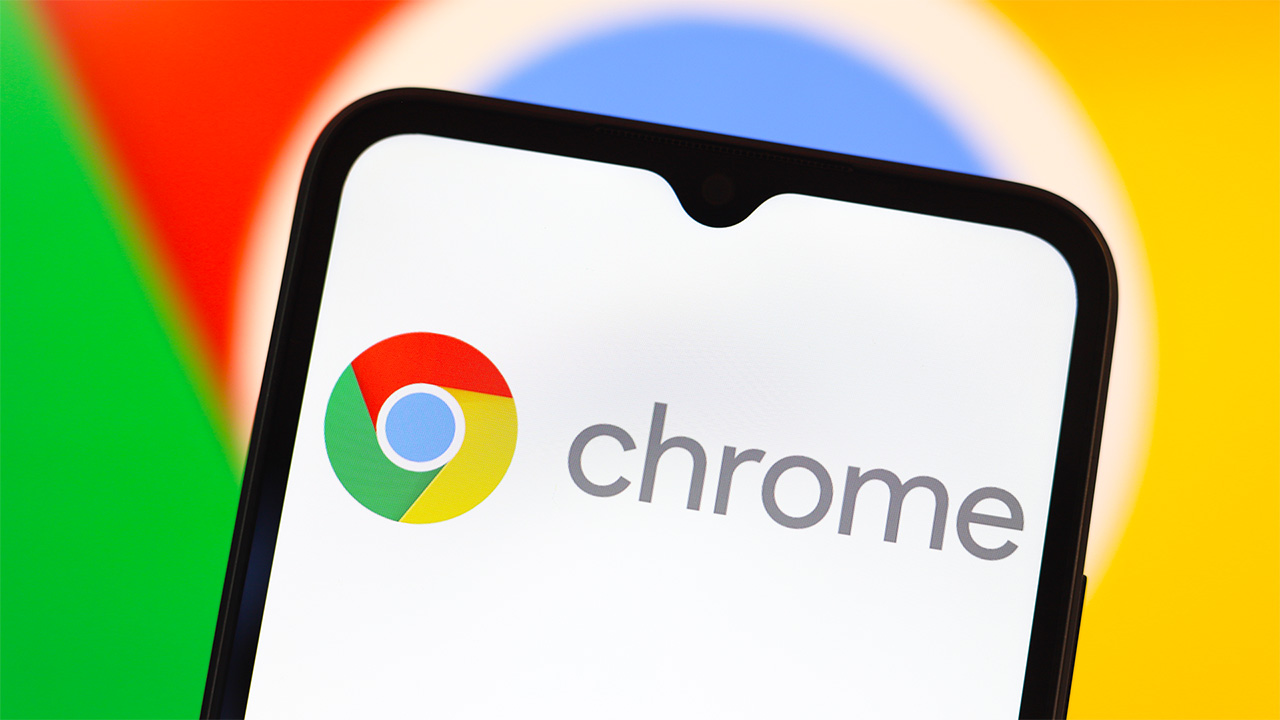What is OLED?
In the land of high-end displays, OLED — or organic light-emitting diode — technology is considered the pinnacle of picture quality.
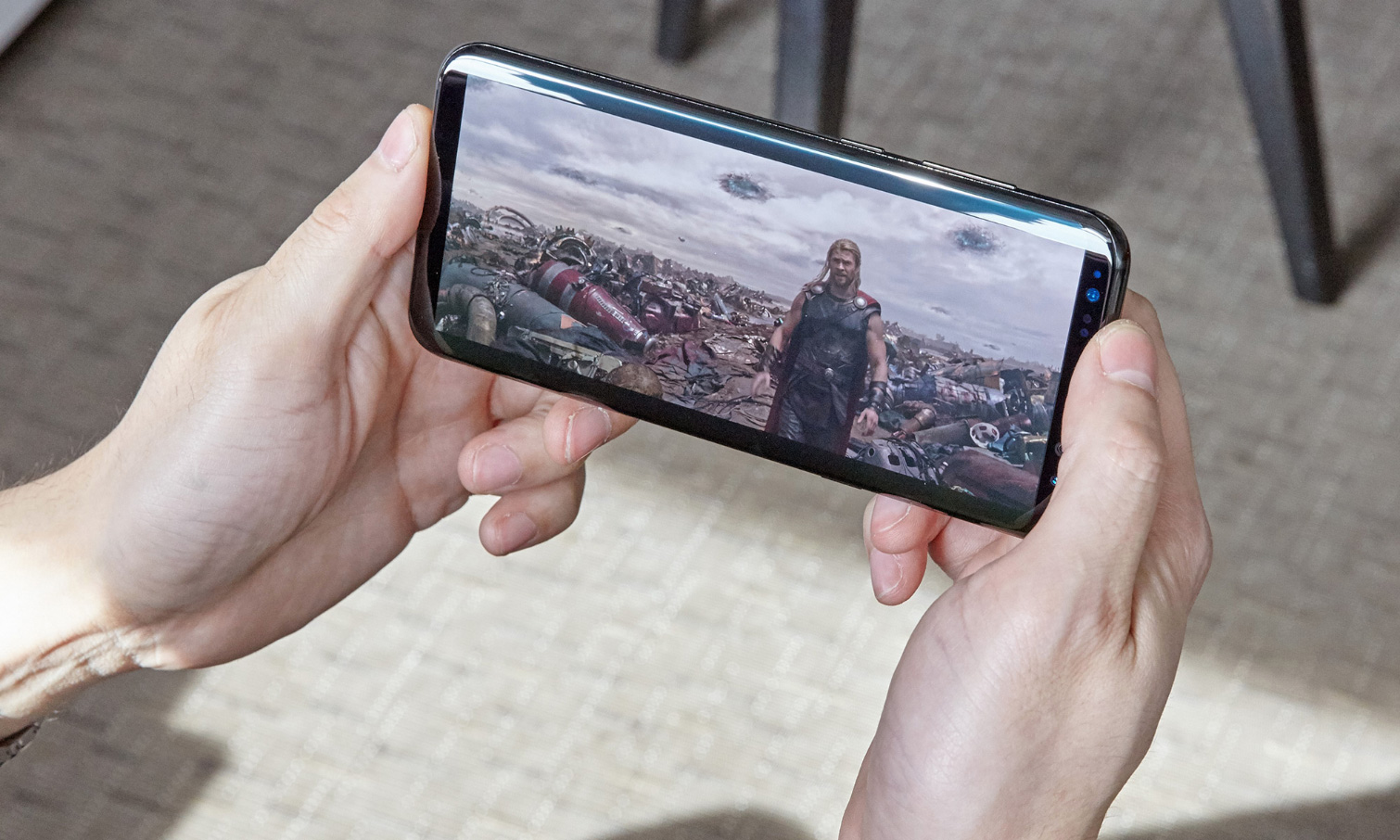
In the land of high-end displays, OLED — or organic light-emitting diode — technology is considered the pinnacle of picture quality.
Just look at a recent phone like the iPhone 13 Pro Max, and it's easy to see why. From awesome color saturation and ultrawide viewing angles to perfect blacks, OLED screens make most regular LCD displays look blah.
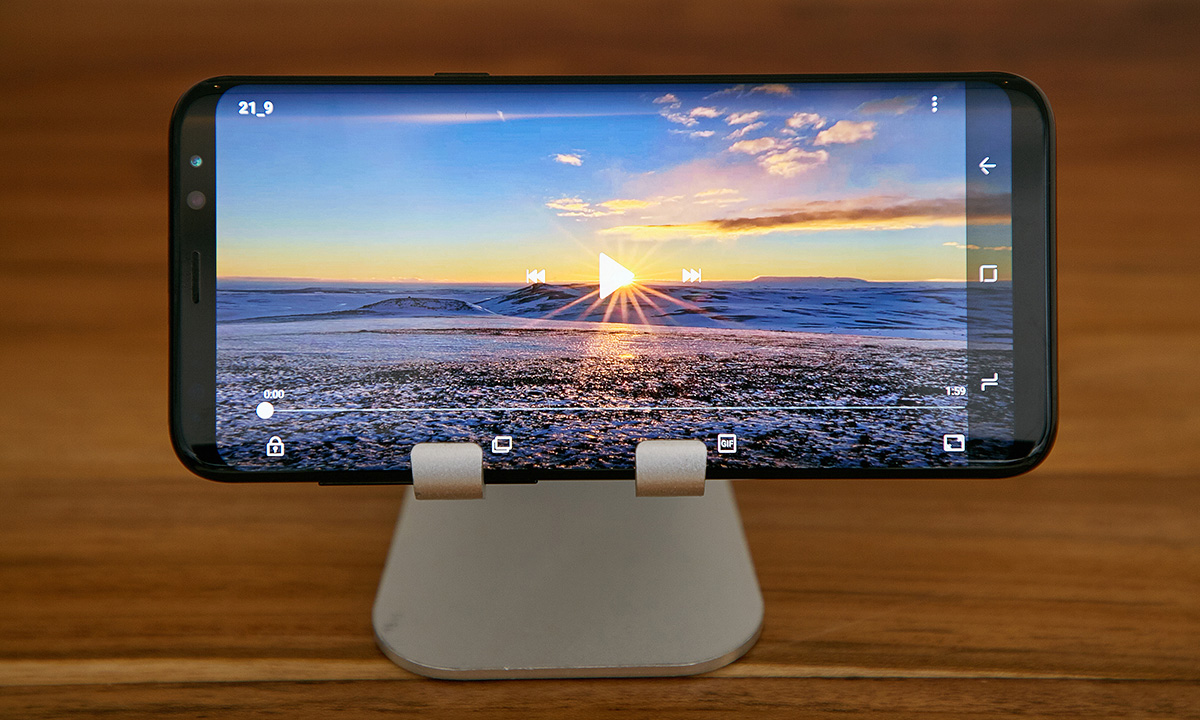
The latest trend is bigger and better OLED screens, which have found a home on everything from the best OLED TVs to laptops and smartwatches. And OLED screens make the best phones look better than ever before.
But what is it about OLED that makes it stand out, and can anything else compete with it?
What is OLED, and how does it work?
OLED technology contrasts starkly with LCD and plasma displays. Unlike other screen technologies, OLED displays use organic compounds that include carbon and other ingredients to create colors. Each color represented on the screen has a different mixture of carbon and other elements.
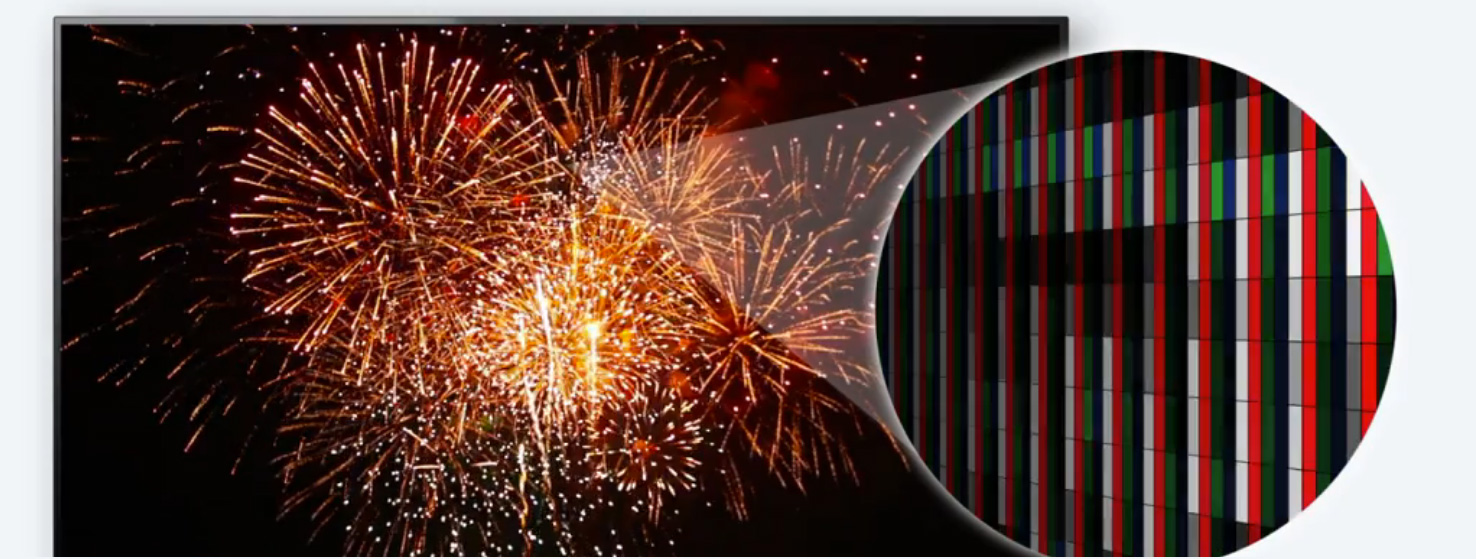
When you turn on your TV or smartphone, the electricity activates the OLEDs sitting inside your display, which light up or turn off based on what the picture calls for.
Because OLED doesn't require a backlight, it's considered an emissive technology. That singular feature — the ability for OLEDs to turn completely off — creates so-called true blacks.
When a picture calls for black, an OLED will turn off and create a true black. By contrast, LCD panels, such as those found on most flat-screen TVs, require LED backlighting, which means black areas of the screen will still exhibit some degree of light.
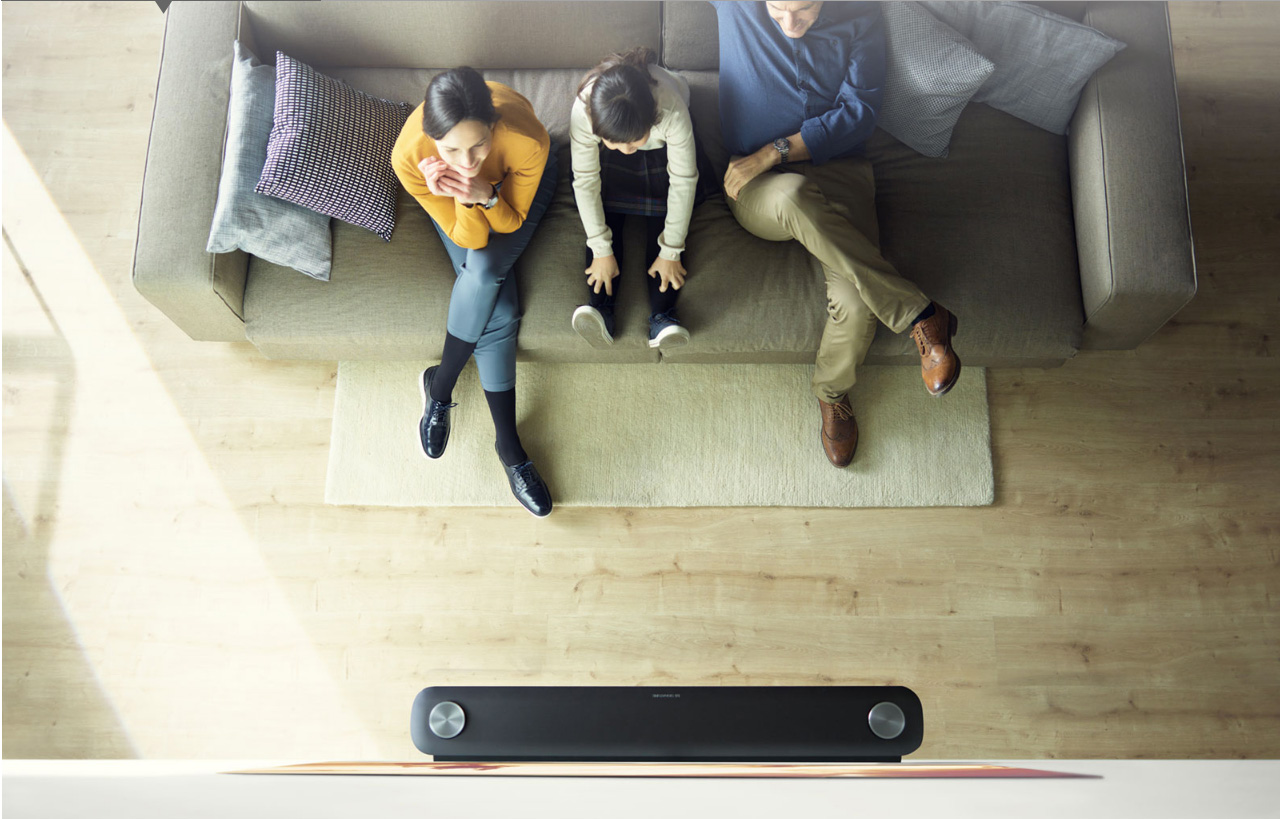
Because OLEDs don't require this extra layer of LEDs, manufacturers can make the panels very thin and easily bendable, allowing the technology to be used for both wafer-like displays, such as the LG W7 "Wallpaper" TV, and curvy screens, such as the Samsung Galaxy S8.
How does OLED compare to other technologies?
Because they don't require backlighting, OLED panels can be much thinner than other display technologies. After years of waiting, LG has finally brought it's amazing rollable OLED TV to market. The screen uses a super-thin OLED display printed on flexible glass, letting it roll up to store when not in use. No other screen technology can take advantage of flexible glass panels in the same way.
The thinness of OLED panels allows the technology to be used for curved and even folding screens, as seen in the best foldable phones.
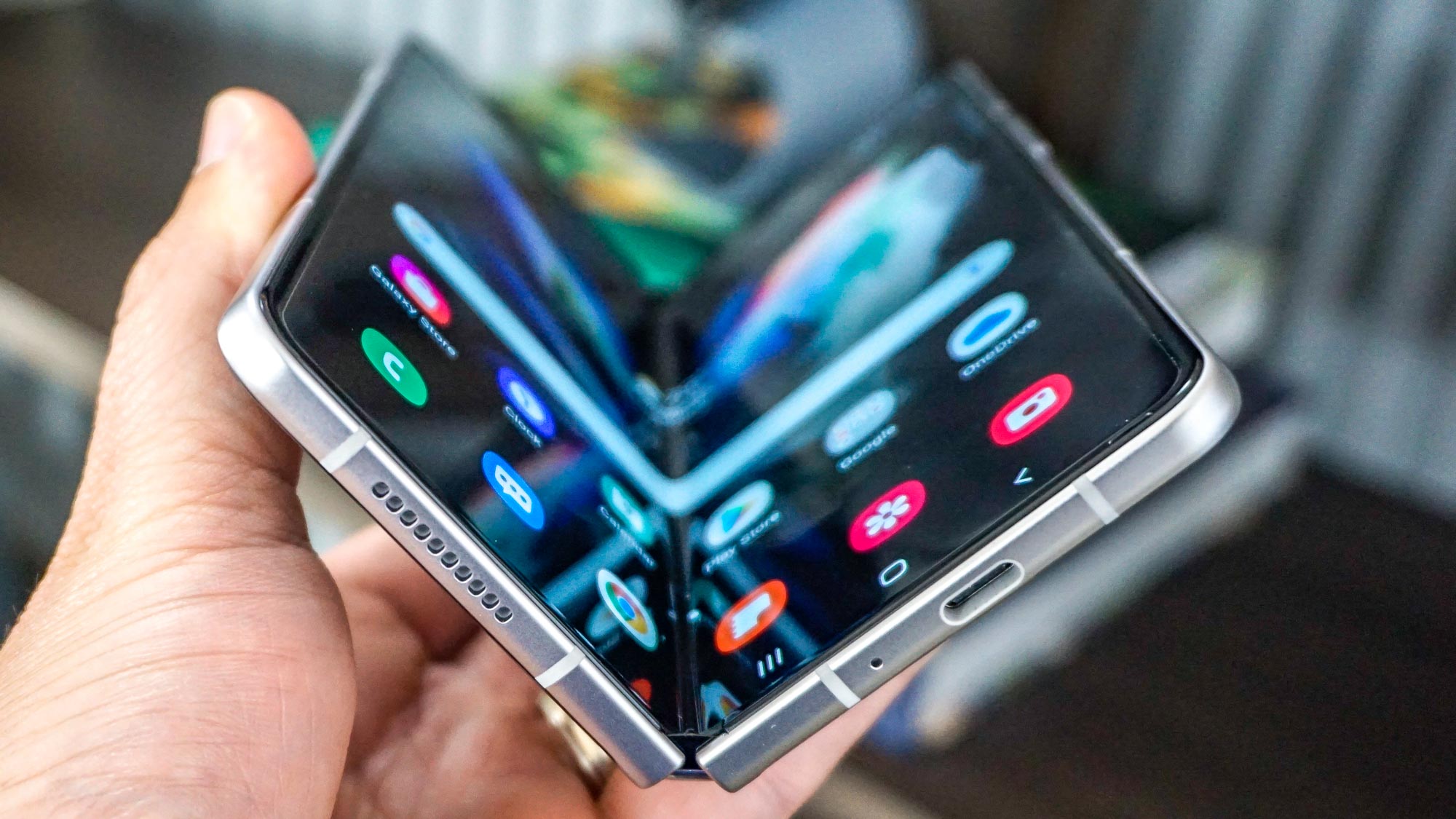
However, OLED screens present some challenges to the companies that produce them. In fact, just a handful of companies, including LG Display and Samsung Display, currently make OLEDs.
OLED panels are generally fragile, and production methods are far from perfect. Even as Apple relies on Samsung OLED displays for it's current iPhones, there are reports that the company is investing heavily in microLED technology as an alternative to OLED screens in its phones and wearables.
While manufacturing is ramping up and yields are getting better, those challenges have pushed prices up. If you're looking to buy an OLED-equipped device, expect to shell out some serious cash.

On the picture side, you can expect OLEDs to give you better blacks than any other screen technology. And at least so far, OLEDs have proved to deliver outstanding color accuracy. However, OLED panels can't output as much light as LCD displays can, which makes them harder to see in brighter surroundings.
Older OLED TVs had some input-lag problems, making it harder for them to refresh the screen in time for fast-action sports or video games. That, in turn, meant gamers and sports fans would find a better solution with a technology like plasma.
However, LG has been making some improvements to input-lag performance in its televisions, and the technology is quickly catching up to competitors.
Finally, if you plan to put your television in a room where some people aren't sitting right in front of it, consider an OLED. It has the best viewing angles of any screen technology in the television industry.
For a closer look at how OLED TVs stack up against other technologies, check out how many OLED models have wound up on our list of the best TVs. And you can find out about OLED and new refinements on OLED technology in our articles LG OLED vs. OLED evo: Which TV should you buy? or Micro-LED vs. OLED TV: Which TV tech will win?
Which devices have OLED screens?
On the television side, LG and Sony are among the more prominent companies offering OLED televisions. LG, for instance, is selling a slew of OLED sets that vary in screen size and price. From the ultra-slim LG G1 OLED TV to the stunning new Rollable TV, LG's TV are using OLED to push the concept of what makes a TV farther than ever before. And there are even some affordable OLED options, like the Vizio OLED TV, which sometimes sells for under $1,000.
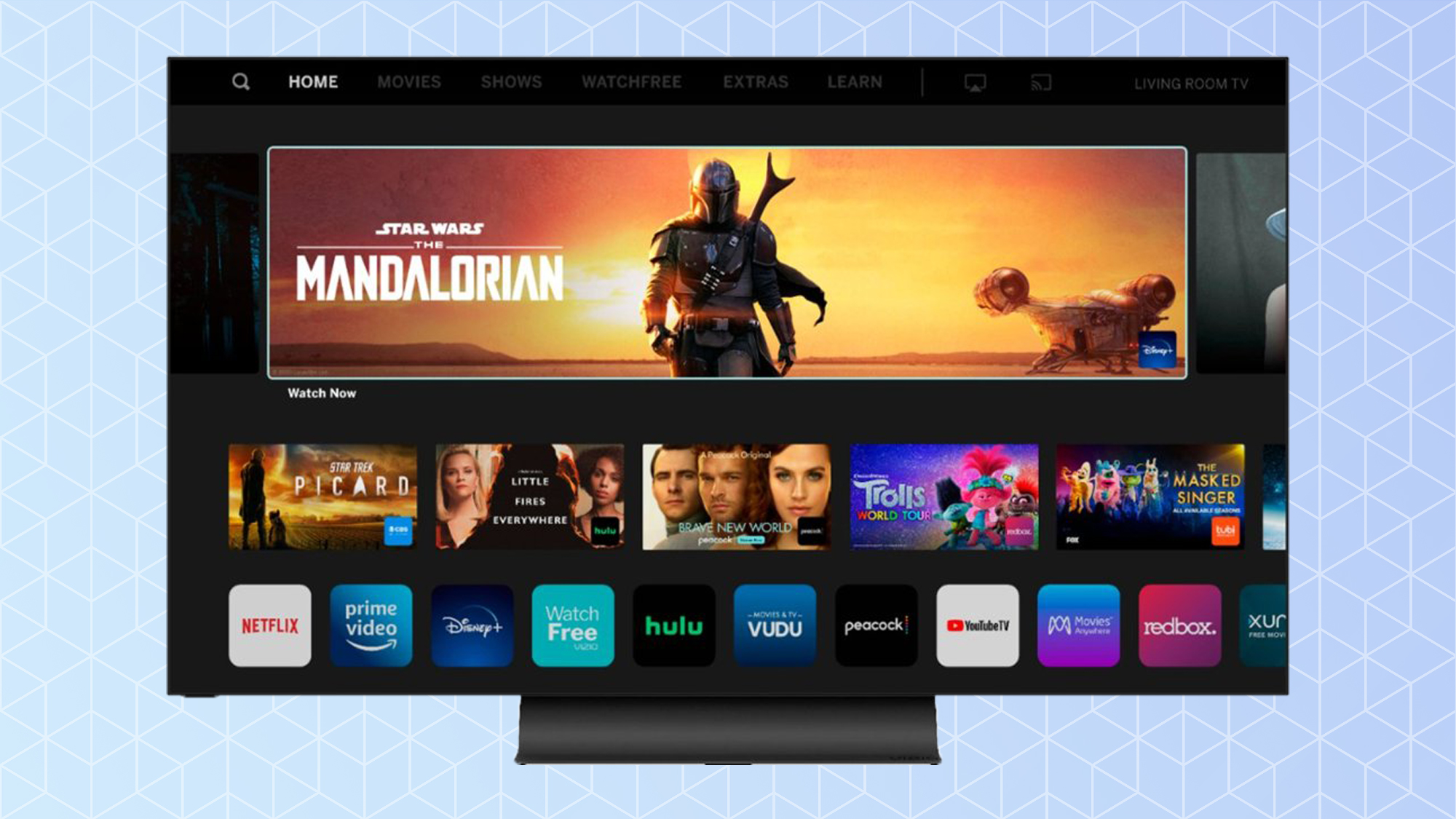
Sony, meanwhile, offers the Bravia XR A80J OLED, which earned an Editor's Choice award for its stunning picture quality, and sells for just $1,799. It's not even Sony's best OLED TV.
Beyond that, there are several phones and other mobile devices that offer OLED displays. Flagship phones, like the Apple iPhone 13 Pro Max, the Samsung Galaxy S21 Ultra and the Google Pixel 5a all come with OLED screens.
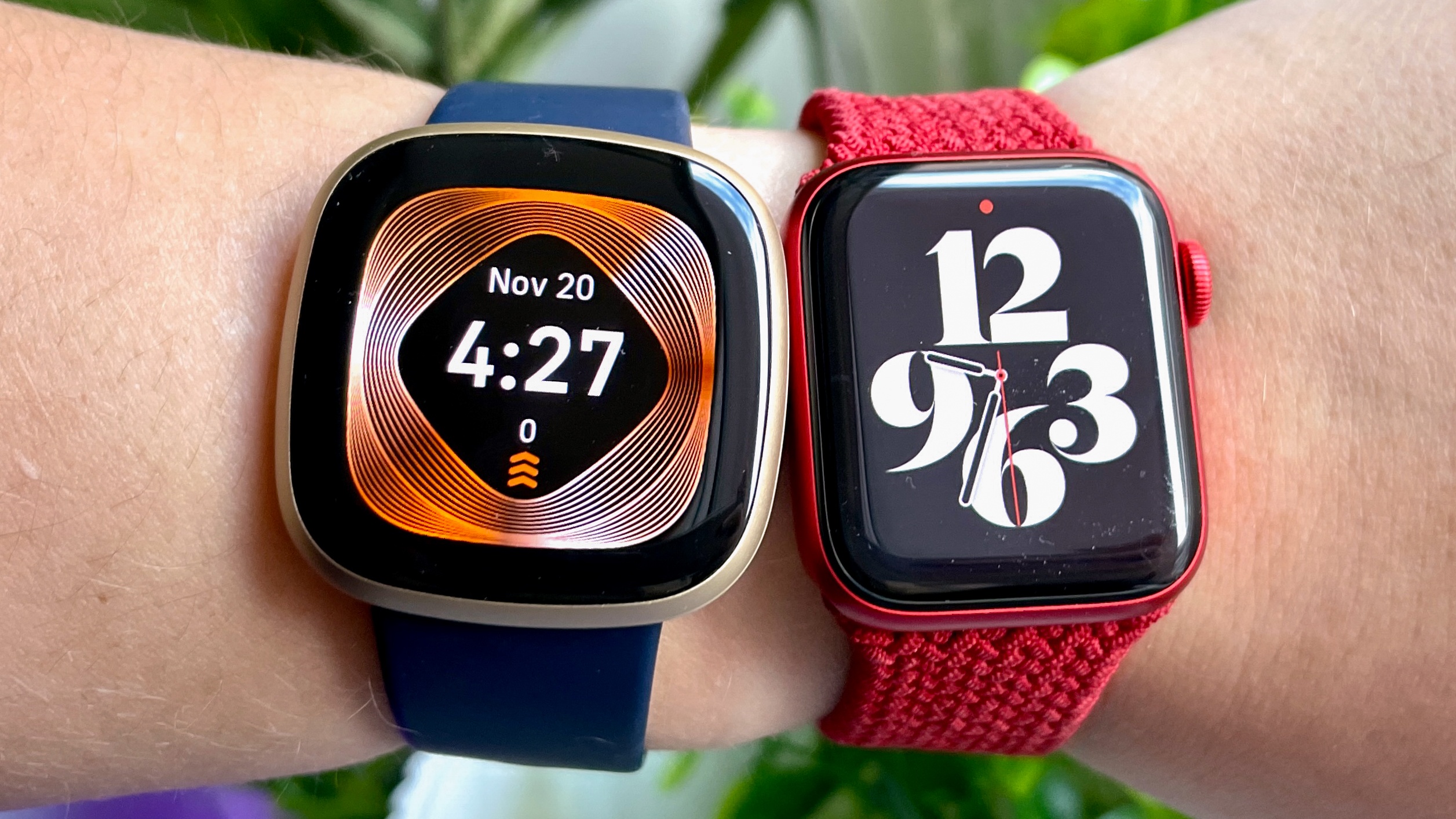
In the wearables market, several devices come with OLED screens, including the Apple Watch Series 6, the Samsung Galaxy Watch 4 and the Fitbit Sense.
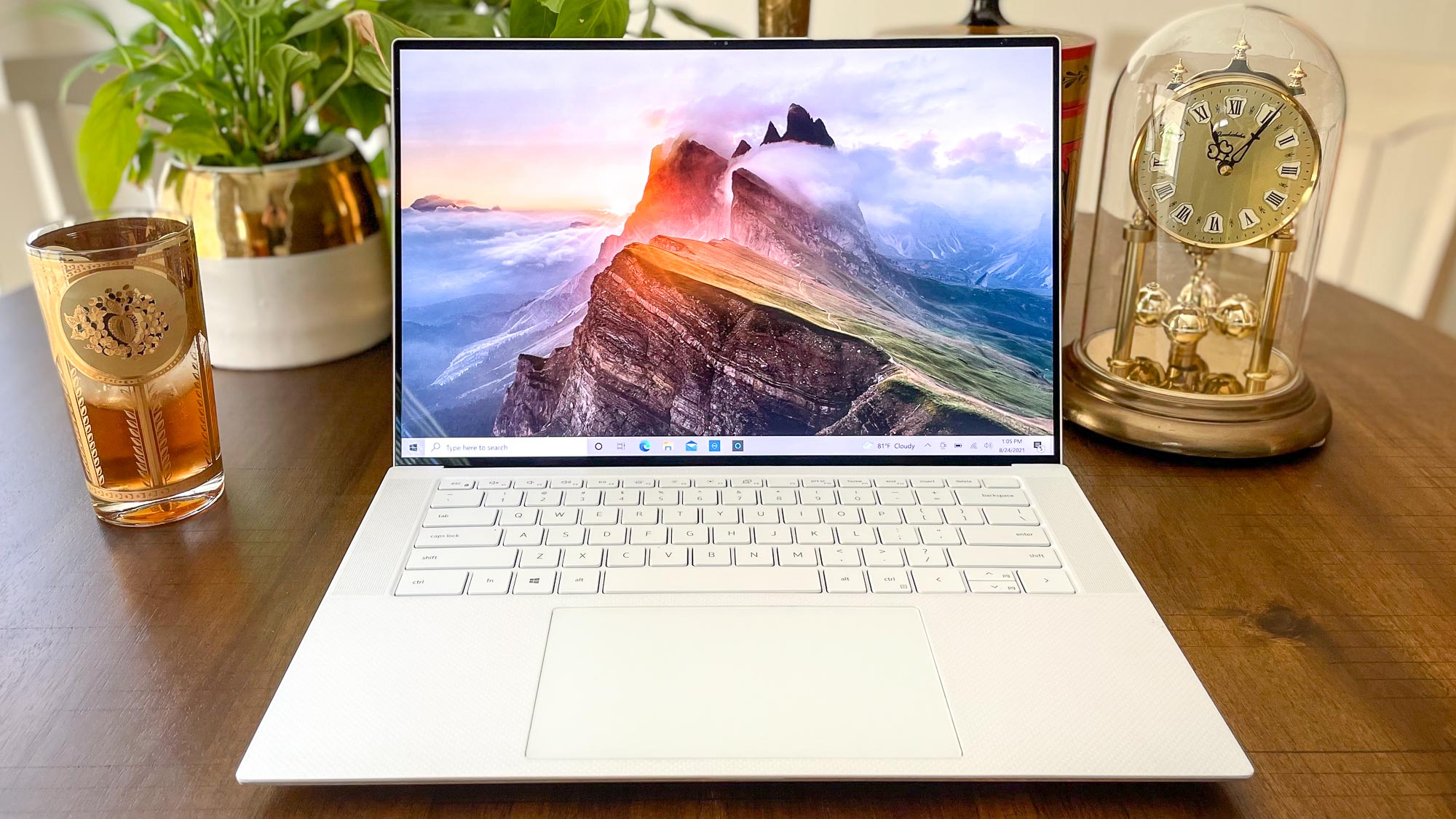
On the laptop front, OLED screens have cropped up on gaming laptops like the Alienware m15 R4 and Razer Blade 15, as well as productivity-minded laptops, like the Dell XPS 15 OLED (2021).
If you're in the market for an OLED monitor, check out the Asus ProArt PQ22UC.
What should I expect from an OLED picture?
We haven't tested every OLED screen out there, so it's impossible to say you'll get a fantastic visual experience every time. But in some of those higher-end televisions and handsets we've tested, OLED screens deliver beautiful pictures.
With OLED, you can expect pure black, because the OLEDs turn off whenever they need to create the color. OLEDs don't get quite as bright as better LCD sets, but OLEDs are generally plenty bright for most users.
OLED viewing angles should be outstanding, allowing you to place an OLED television anywhere in the home and still get an appealing visual experience. In fact, OLEDs have the best viewing angles of any screen technology right now.
All OLED televisions have 4K resolution and high dynamic range, or HDR, to improve color accuracy. Those technologies, coupled with OLED's inherent functionality, work together to create attractive pictures.
MORE: Here's Where You Can Get HDR Content on Your Phone or TV
But this superior technology doesn't come cheap: Expect to shell out some serious cash for OLED devices. As noted, OLED televisions cost thousands of dollars more than run-of-the-mill LCDs. And at least right now, there are no signs of OLED television pricing coming down anytime soon.
Should I buy an OLED device?
If you have the cash and don't mind spending significant sums to get a high-end display in a new device, choosing an OLED product makes some sense. OLED-equipped phones are a no-brainer, if you don't mind paying a premium.
OLEDs provide device makers with more flexibility, allowing them to create more compelling product designs, all while delivering unparalleled picture quality. And since OLED screens are often among the best-looking options on the market, the visual experience they deliver is generally outstanding.
Still, if price is a factor in your decision making, OLED devices might not be for you. There are a slew of devices with LED and LCD screens that can come close to matching the visual experience you'd get in an OLED display. For instance, Samsung is investing heavily in quantum-dot technology, which has some advantages over OLED, specifically in terms of brightness.
Overall, though, OLED is an excellent technology that most users would be pleased to have in their devices.
Sign up to get the BEST of Tom's Guide direct to your inbox.
Get instant access to breaking news, the hottest reviews, great deals and helpful tips.
Don Reisinger is CEO and founder of D2 Tech Agency. A communications strategist, consultant, and copywriter, Don has also written for many leading technology and business publications including CNET, Fortune Magazine, The New York Times, Forbes, Computerworld, Digital Trends, TechCrunch and Slashgear. He has also written for Tom's Guide for many years, contributing hundreds of articles on everything from phones to games to streaming and smart home.
